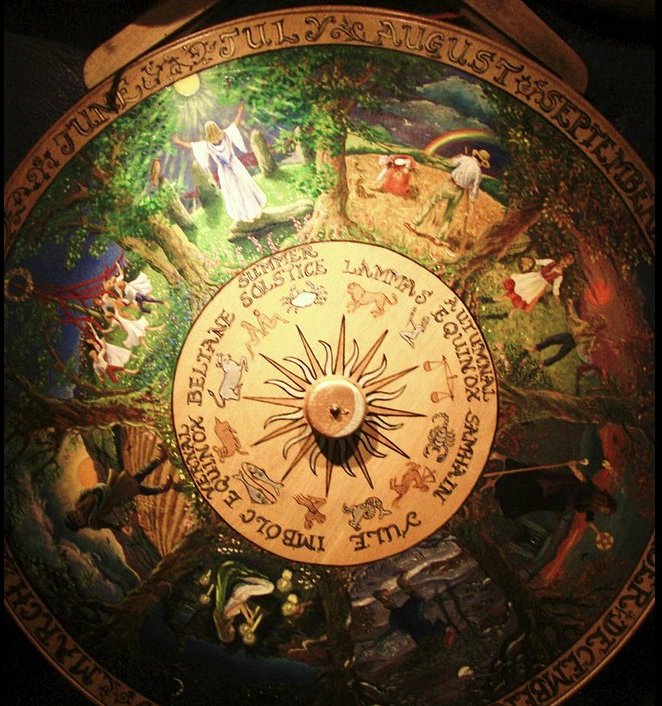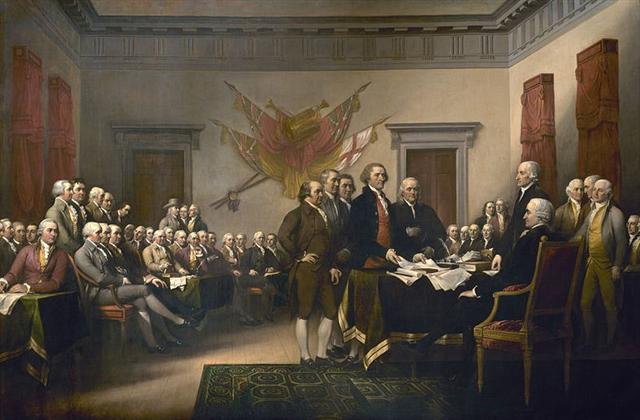Once again. It was hardly a coincidence that the
triplet of 'walking skies' together covered 48
right ascension days, because the creator of the
H text surely must have thought of and used this
well known and elementary number of ancient
constellations visible in the night sky (ragi)
in order to 'underline' his idea
of demonstrating the effects of the precession
as perceived for the northern spring equinox:
The distance from Hb3-16 to Hb3-41 is 141 - 116 = 25 glyphs (right ascension days). This should correspond to moving from Ga1-16 to glyph number 16 + 25 = 41 in the G text. APRIL 6 (96) + 25 = 121 (MAY 21). Here we can perceive a beginning of an explanation for my suggestion that Hb3-41 could refer to Bharani (41 Arietis). In the era of Bharani this star would have risen in the east (truly heliacally and together with the sun) at 0h in day 121 (May 21) - 41 = 80 ("March 21 according to my convention for documenting ancient dates). In the G text we have to look 64 - 41 = 23 right ascension positions earlier than Hyadum II in the Golden Age of the Bull and 80 - 41 = 39 right ascension positions earlier than Elnath (notice the tiny dot for drawing attention):
And in the G text we can find a hint of this day number in the Golden Age of the Bull, because FEBRUARY 26 (31 + 26 = 57) is day number 365 + 57 = 422 counted from JANUARY 1 in the previous year → Gb4-22. But in the H text we have to move ahead with 25 (= 141 - 116) positions, which will bring us to the place corresponding to Ga2-11 (41) at MAY 1 (*41).
In that part of the H text we are here currently studying, however, there is no direct sign (as far as I can see), which could suggest a point where daytime will change into night time. Instead the 'walking' (loco-motion) is progressing without interruption. Therefore I suggest the star in the Golden Age of the Bull at Hb3-41 should be ω Gemini (*105.4 = *288.4 - *183.0).
Of all the stars rising with the sun in MAY 1 ("May 24, July 4) I have here chosen ω Gemini (*105.4) because this was the only star with the correct fraction .4 in order to calibrate the Sun calendar with Bharani (*41.4 = *105.4 - *64.0).
No wonder July 4 (a place for birth) was chosen as the Day of Independence, it was a reflection (so to say) of the time for Beltane in the Golden Age of the Bull (the day which currently coincided with the heliacal place of Bharani, *41 = *105 - *64).
|
||||||||||||||||||||||||||||||||||||||||||||||||||||||||||||||||||||||||||||||||||||||||||||||||||||||




